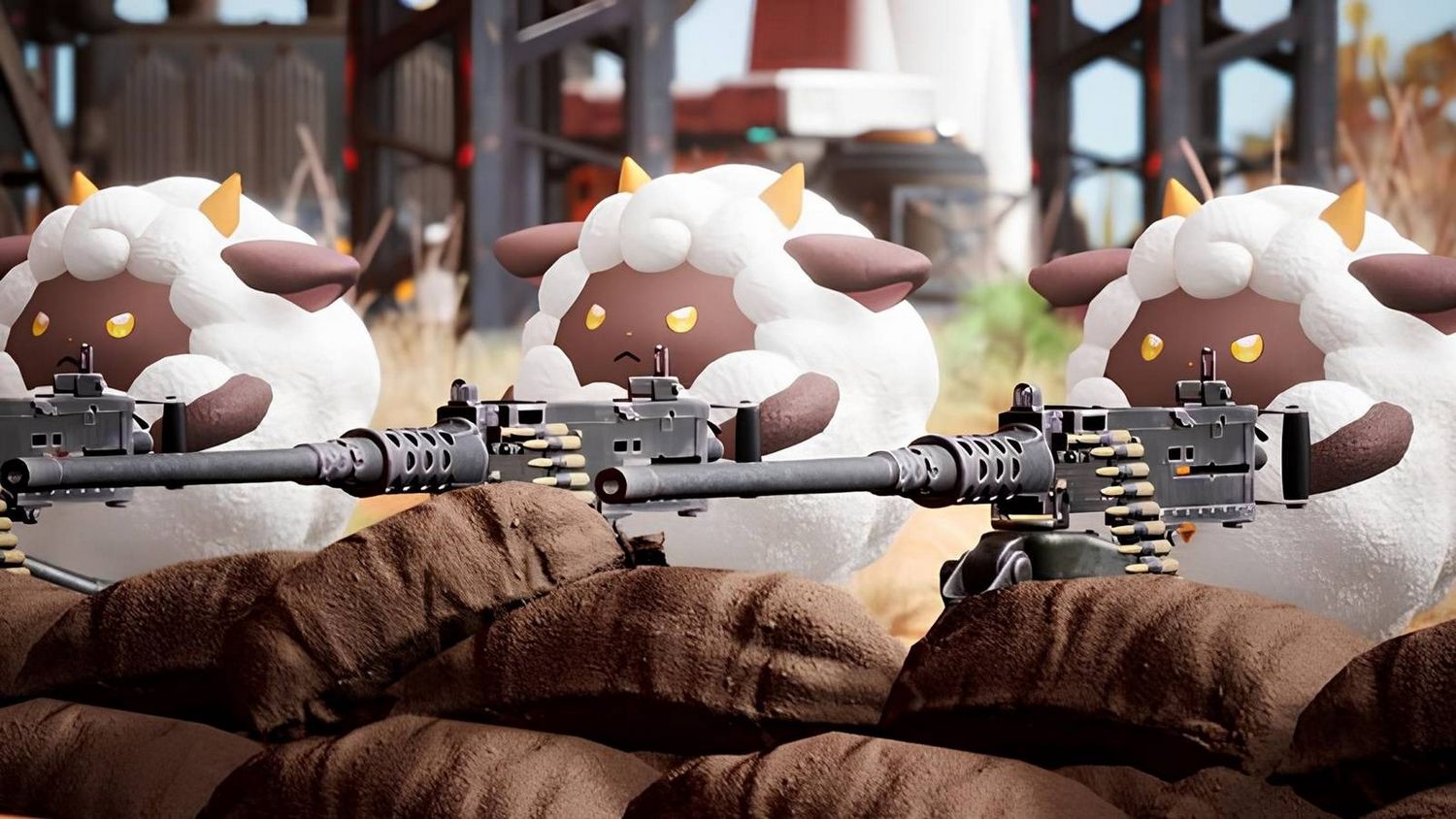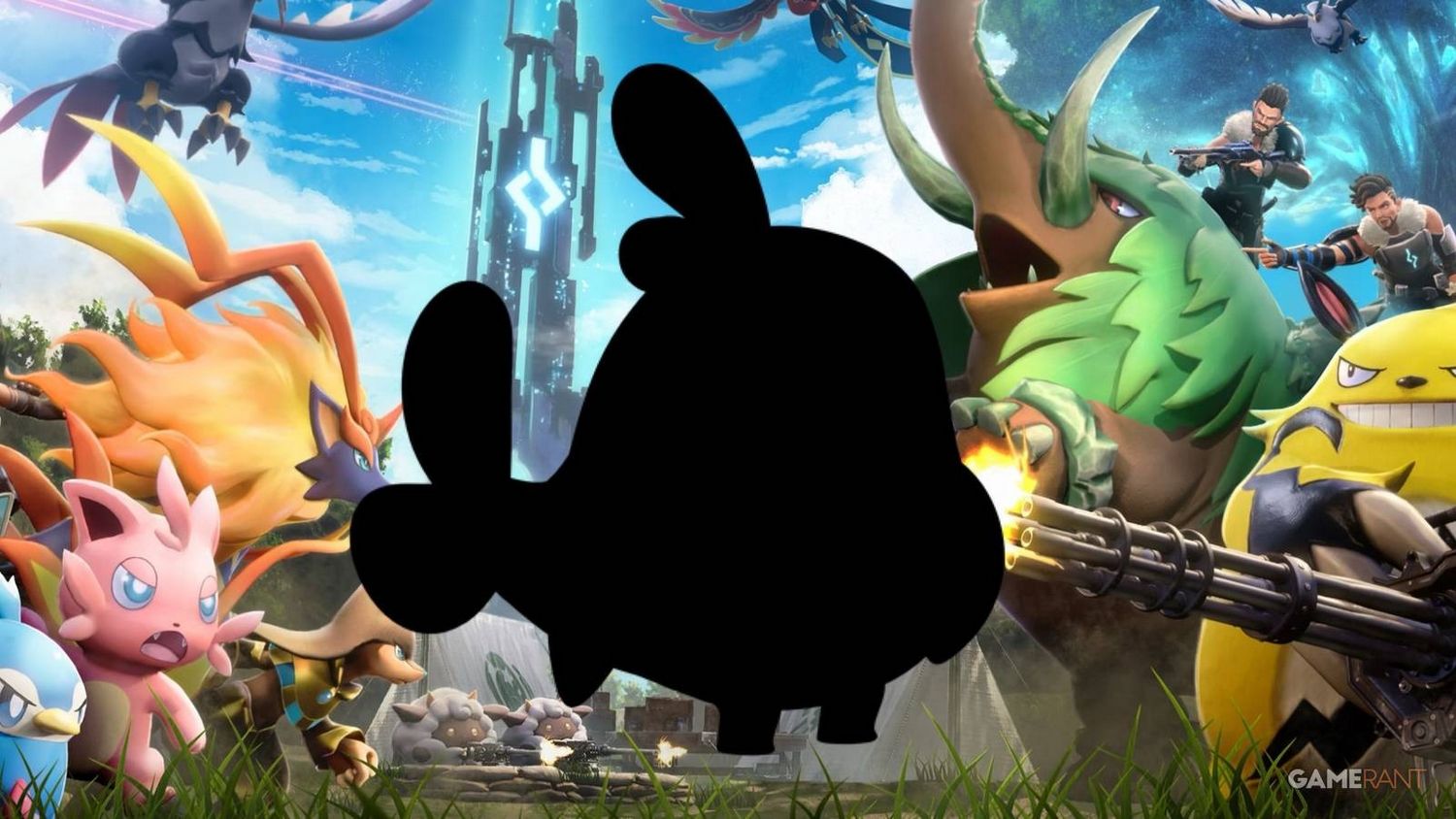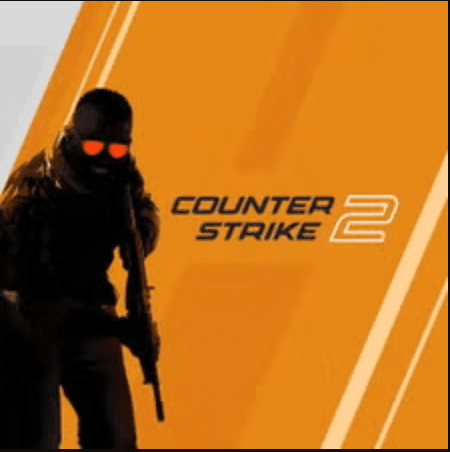The Two-Front War: Palworld’s Critical Crossroads in 2026
Popular Now
 Roblox
Roblox
 BeamNG.drive
BeamNG.drive
 EA SPORT FC 25
EA SPORT FC 25
 Toca Boca World
Toca Boca World
 Schedule I
Schedule I
 League of Legends
League of Legends
 God of War Ragnarök
God of War Ragnarök
 Geometry Dash
Geometry Dash
 Garena Free Fire: Kalahari
Garena Free Fire: Kalahari
 Genshin Impact
Genshin Impact 
The year 2026 is shaping up to be a monumental and potentially tumultuous period for Palworld, the surprise open-world sensation from developer Pocketpair. After a record-breaking Early Access launch, the game faces an unprecedented two-front war—a phrase typically reserved for geopolitical conflict but now perfectly encapsulating the internal and external pressures on the title. On one flank is the escalating, high-stakes legal battle with The Pokémon Company and Nintendo. On the other is the arrival of formidable new competitors aiming to seize the creature-collecting survival crown. This dual challenge places immense pressure on Pocketpair’s planned 1.0 full release, scheduled for the same critical year.
The stakes are astronomical. Palworld has demonstrated a massive market for its blend of survival crafting, monster collecting, and open-world exploration, validating a lucrative subgenre that traditional publishers have been slow to fully embrace. To maintain its dominance and justify its continued high valuation, the 2026 1.0 launch must be flawless. Any misstep could be disastrous, creating a significant window of opportunity for rivals and weakening the company’s position in the courtroom. This is a crucial moment for the future of online survival games and the indie gaming market at large.
The Western Front: A Continuing High-Stakes Legal Skirmish
The most persistent and existential threat to Palworld remains the ongoing legal action initiated by Nintendo and The Pokémon Company. While initial legal focus was on potential copyright infringement of monster designs—claims Pocketpair has consistently denied—the battle has evolved into a complex patent dispute. Court filings in late 2025 and early 2026 have shown Nintendo vigorously pursuing claims related to specific gameplay mechanics, including systems for creature capture and character mounting within a virtual space.
Key Legal Developments Impacting the 1.0 Release:
- Pocketpair has already implemented significant in-game mechanical changes—such as altering the Pal summoning animation and gliding mechanics—in a clear effort to mitigate specific patent infringement claims. However, Nintendo’s legal team has reportedly continued to file new or modified patents, with one notable point of contention being their argument that user-made game mods should not count as ‘prior art’—a move that has drawn widespread criticism from the legal and development communities.
- The protracted nature of the lawsuit means legal costs are likely substantial, potentially diverting vital development budget and key personnel focus away from core game development.
- The ultimate ruling, which is expected to continue through 2026, could set a massive precedent for the entire video game industry regarding the patentability of core gameplay mechanics, directly impacting Palworld’s foundational features. A negative ruling could force fundamental changes to the 1.0 version, while an aggressive legal defense, though costly, is essential to protect their current market position and intellectual property.
This “Western Front” is not a battle for sales; it’s a battle for legitimacy. It dictates whether Palworld can operate its business model without the constant threat of injunction or crippling legal fees, making it an unavoidable top priority for Pocketpair’s C-suite.
The Eastern Front: Formidable Competitors Enter the Arena
The second, equally challenging front is the competitive landscape. Palworld’s unprecedented success has not gone unnoticed, and 2026 is poised to see the release of major new contenders specifically targeting the lucrative creature-battling open-world RPG space. These new titles offer players alternatives, putting pressure on Palworld’s core Early Access user base to transition smoothly and definitively into the 1.0 version.
Aniimo: The Free-to-Play Contender
One of the most anticipated rivals is Aniimo, an open-world Action RPG confirmed for a late 2026 cross-platform launch with an Open Beta slated for Q1 2026. Developers HandDown Studios are explicitly positioning Aniimo as a direct competitor, emphasizing:
- A Free-to-Play model with full crossplay support on PC, Xbox, and mobile—a wider, more accessible net than Palworld’s current model.
- A focus on a deeper, more ethical narrative centered on the bond with creatures, deliberately contrasting with Palworld’s controversial “Pal labor” systems. This plays directly to the ethical concerns raised by some consumers and could be a powerful marketing tool against Palworld.
- Deeper ARPG combat with combo attacks and elemental synergy, appealing to the core action RPG audience.
 Pokémon Pokopia: The Crafting-Life-Sim Hybrid
Pokémon Pokopia: The Crafting-Life-Sim Hybrid
Perhaps the most significant competitive development comes from Nintendo itself, with the announcement of Pokémon Pokopia, a life-simulation/crafting game scheduled for release on the new Nintendo Switch 2 in 2026. Co-developed with Koei Tecmo (known for Dragon Quest Builders 2), this title is a calculated move that seems designed to directly co-opt the survival-crafting elements that drove Palworld’s success. While not a direct clone, it legitimizes and brings the massive Pokémon IP into the sandbox/base-building genre.
- This represents an official, high-quality Pokémon-branded alternative for the base-building and open-world experience, potentially peeling away players who enjoy Palworld’s survival elements but prefer the established Pokémon aesthetic and lore.
The “Eastern Front” is a battle for market share and player retention. Pocketpair must deliver a 1.0 update that introduces a massive content expansion, eliminates the infamous “quirks and jank” mentioned by their own communications director, and introduces robust, new multiplayer features to keep players from migrating to the shiny new next-gen gaming alternatives.
 Pocketpair’s Strategy: Consolidate, Polish, and Expand for 1.0
Pocketpair’s Strategy: Consolidate, Polish, and Expand for 1.0
In response to this two-front pressure, Pocketpair’s strategy for the lead-up to the 2026 1.0 launch is clear: a short-term development slowdown to focus on internal stability, followed by a huge content drop. The studio has openly acknowledged the need for a technical overhaul to address bugs, server stability, and general game performance. This commitment to polishing the core experience—a necessary but unglamorous task—is a critical component in ensuring the 1.0 launch is not defined by its Early Access shortcomings.
The rumored “truly massive amount of content” for 1.0, including new areas, Pals, and systems, must offer a compelling reason for players to make the permanent commitment to the game, especially if the price increases, as is often the case with an Early Access exit. Maintaining continuous engagement through high-value updates is essential to retain the massive player count that provides leverage in both the courtroom and the market.
The year 2026 will not just be the year Palworld leaves Early Access; it will be the year that determines if the $30 million in Early Access revenue was a flash in the pan or the foundation for a lasting AAA-level franchise. Successfully navigating both the judicial and competitive fronts will be the ultimate test of Pocketpair’s long-term viability in the highly-contested open-world survival genre. The global gaming community is watching, eager to see if the “Pokémon with guns” can survive the wars it is about to fight.










 Pocketpair’s Strategy: Consolidate, Polish, and Expand for 1.0
Pocketpair’s Strategy: Consolidate, Polish, and Expand for 1.0